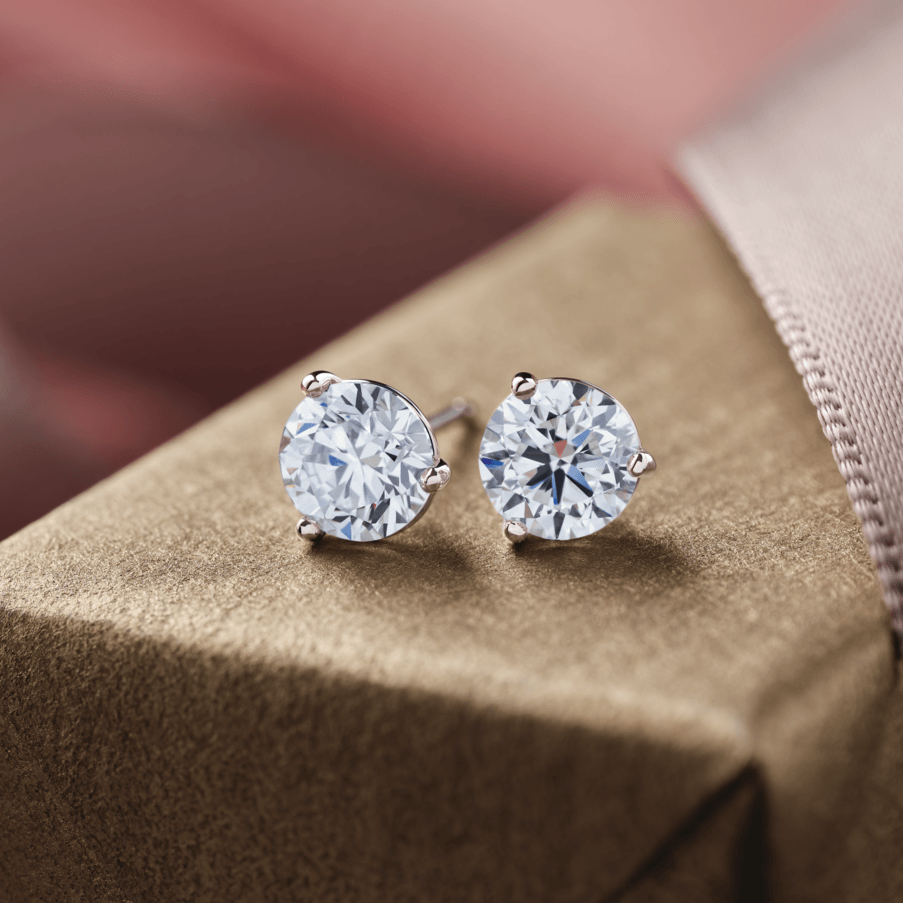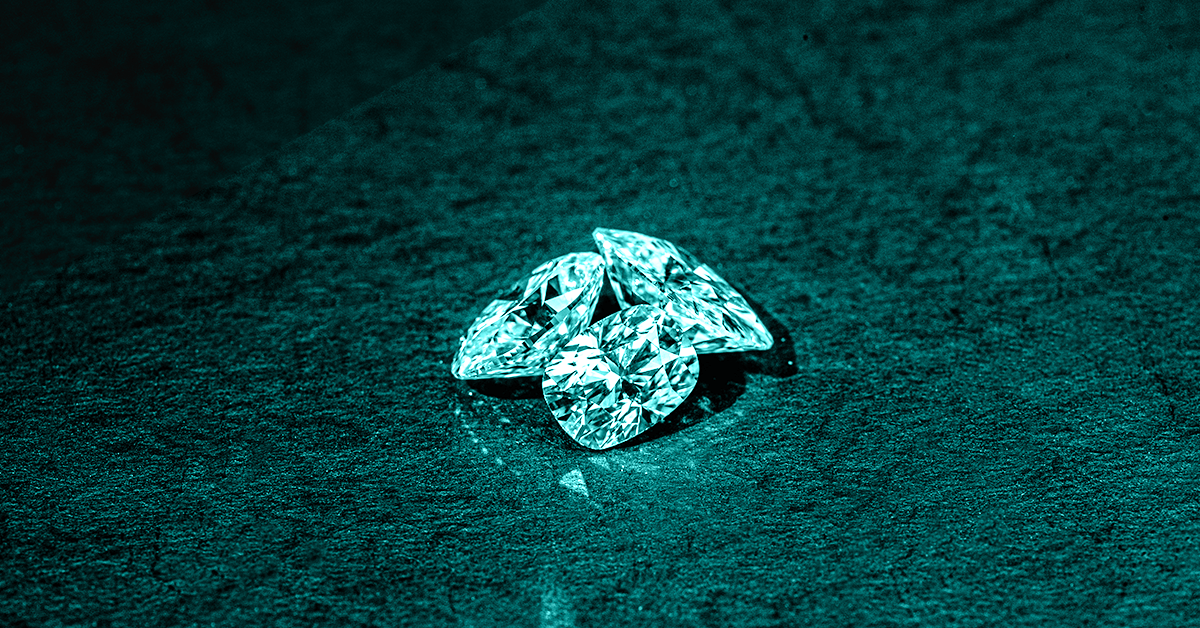In the world of fine jewelry, tennis bracelets have always been synonymous with elegance, simplicity, and timeless appeal. Traditionally crafted using natural diamonds, these bracelets have been a symbol of luxury for decades. However, with the rise of lab-grown diamonds, consumers are now offered a sustainable and more affordable option without sacrificing beauty or quality. A lab grown tennis bracelet, adorned with man-made diamonds, merges the classic allure of a tennis bracelet with the innovative benefits of synthetic diamonds. Here’s why this modern twist on a classic is gaining popularity.
What is a Lab-Grown Tennis Bracelet?
A tennis bracelet is a sleek, flexible piece of jewelry, typically made from precious metals and set with a continuous line of small, sparkling diamonds. Its iconic design gained fame in 1987 when tennis champion Chris Evert’s diamond bracelet broke during a match at the U.S. Open. The elegance and versatility of the tennis bracelet have since made it a jewelry box staple, perfect for both casual and formal occasions.
A lab-grown tennis bracelet is similar in every way to a traditional tennis bracelet, but it features diamonds that are created in a laboratory instead of being mined from the earth. These man-made diamonds are chemically and physically identical to natural diamonds, offering the same brilliance, sparkle, and durability.
How Are Lab-Grown Diamonds Made?
Lab-grown diamonds are produced using advanced technology that replicates the natural process of diamond formation. There are two primary methods for creating these diamonds: High Pressure, High Temperature (HPHT) and Chemical Vapor Deposition (CVD).
In the HPHT method, large machines simulate the extreme pressure and temperature conditions found deep within the Earth, where diamonds naturally form. Carbon is compressed under intense pressure and heat, resulting in the creation of diamond crystals.
The CVD method involves introducing carbon-rich gases into a chamber, where they break down and allow carbon atoms to bond onto a diamond seed, growing the diamond layer by layer. This method allows for greater control over the diamond’s growth, ensuring high-quality results.
Both methods produce diamonds that are visually, chemically, and physically identical to mined diamonds. Lab-grown diamonds are graded on the same scale as natural diamonds, with evaluations for cut, clarity, color, and carat weight.
Why Choose a Lab-Grown Tennis Bracelet?
The growing popularity of lab-grown diamonds is transforming the jewelry industry, offering consumers many advantages that natural diamonds can’t provide. These diamonds are an ideal choice for anyone looking for beauty, affordability, and ethical sourcing in their jewelry purchases.
Affordability
One of the most significant benefits of choosing a lab-grown tennis bracelet is the cost. Lab-grown diamonds are typically 30-40% less expensive than mined diamonds of the same quality. This means that you can invest in a tennis bracelet featuring larger or higher-quality diamonds without exceeding your budget. With lab-grown diamonds, luxury becomes more accessible, allowing you to own a stunning piece without the hefty price tag.
Ethical and Sustainable
Lab-grown diamonds are often favored for their ethical production. Unlike natural diamonds, which are mined from the Earth, lab-grown diamonds are created in controlled environments, eliminating the need for environmentally damaging mining practices. The diamond mining industry has long been associated with concerns such as habitat destruction, water pollution, and unethical labor practices. Lab-grown diamonds offer a guilt-free alternative, allowing consumers to enjoy beautiful jewelry while making a positive impact on the environment.
Identical Beauty and Quality
Despite their synthetic origin, man-made diamonds are virtually indistinguishable from natural diamonds. They possess the same brilliance, sparkle, and hardness, making them just as durable and attractive. Whether viewed with the naked eye or examined under a microscope, lab-grown diamonds exhibit the same level of beauty and quality as mined diamonds. They are also available in a wide range of cuts, clarity grades, and carat sizes, ensuring that you can find the perfect tennis bracelet that suits your style.
Customization and Availability
The controlled nature of lab-grown diamond production allows for greater customization options. Whether you’re looking for a classic single-row diamond bracelet or a more elaborate design with multiple rows, colored diamonds, or unique settings, lab-grown diamonds provide endless possibilities for personalization. Furthermore, because these diamonds don’t rely on the limitations of mining, they are readily available in various sizes, shapes, and colors. This means that you won’t have to wait or search extensively to find the perfect lab-grown tennis bracelet.
What to Consider When Buying a Lab-Grown Tennis Bracelet
When purchasing a lab-grown tennis bracelet, several important factors should be kept in mind to ensure you get the best value for your investment.
Diamond Certification
Just like natural diamonds, lab-grown diamonds are evaluated and certified by reputable gemological institutes such as the Gemological Institute of America (GIA) or the International Gemological Institute (IGI). A diamond certification provides details about the diamond’s cut, clarity, color, and carat weight, ensuring that you know the quality of the diamonds in your tennis bracelet.
Metal Type
Tennis bracelets are typically crafted from precious metals such as white gold, yellow gold, rose gold, or platinum. The choice of metal can influence the overall aesthetic of the bracelet. For a modern and sleek look, white gold or platinum may be the best option. For a warm and romantic touch, rose gold is an excellent choice, while yellow gold offers a more traditional, timeless appeal.
Design Preferences
The style of your tennis bracelet is another essential consideration. Some prefer the classic, understated elegance of a single row of diamonds, while others may opt for multiple rows to make a bolder statement. Additionally, the type of clasp used in the bracelet is important, as the flexibility of a tennis bracelet requires a secure and sturdy fastening to ensure it stays in place during wear.
The Future of Fine Jewelry: Sustainability and Innovation
As more consumers seek out ethical, sustainable, and affordable luxury options, lab-grown diamonds are rapidly reshaping the jewelry industry. A lab-grown tennis bracelet combines the beauty of classic diamond jewelry with the benefits of modern technology, offering a stunning and responsible alternative to traditionally mined diamonds.
For those who value both luxury and sustainability, a lab-grown tennis bracelet featuring man made diamonds is a perfect choice. It embodies the elegance and timeless appeal of a traditional tennis bracelet while promoting ethical practices and providing excellent value for money.



























